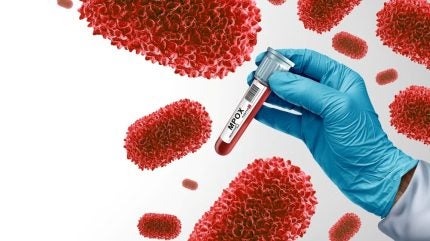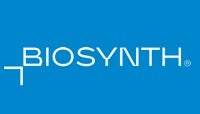
The World Health Organization (WHO) has drafted a priority pathogen list to direct funding and resources to the areas that need them most. The 2024 list includes more than 30 high-risk pathogens that pose the greatest epidemic and pandemic threats and those that lack safe and effective medical countermeasures. One of the most recent additions is mpox, a rare infection that became a public health emergency of international concern (PHEIC) in July 2022 after cases spread globally to countries where it had not previously been endemic.
Diagnostic challenges of mpox
Standard polymerase chain reaction (PCR) is the gold standard for detecting mpox virus DNA, but differentiating between different strains or clades via PCR alone can be challenging. Early mpox PCR assays could confirm the virus’s presence, but they required DNA sequencing of amplicons to distinguish between the two main clades. In the current outbreak, labs have had to develop new targeted PCR protocols to differentiate the newly emerged clade Ib from other lineages, adding time and complexity.
Antibody-based tests also have their pitfalls. Mpox is caused by an orthopoxvirus, the same family that includes the smallpox vaccine virus, so patients or populations with smallpox immunisation can produce cross-reactive antibodies. The WHO notes that traditional antibody detection methods are not useful for mpox diagnosis because they cannot distinguish between orthopoxviruses. This means a standard serology test could turn positive from prior smallpox vaccination or other poxvirus exposure, obscuring an active mpox infection. Essentially, diagnostics must evolve to pinpoint which strain is present and ensure that what is detected is not a false signal.
B21R conjugates enabling better mpox diagnostics
To address the issue of cross-reactivity, Biosynth developed two mpox virus B21R peptides conjugated to bovine serum albumin (BSA) in late 2022. These peptides correspond to distinct regions of the virus’s surface glycoprotein B21R, which contains immunodominant epitopes that are prime targets for antibodies during infection.
By synthesizing these epitope-rich segments and coupling them to a carrier protein like BSA, Biosynth created robust antigens that can capture mpox-specific antibodies. This approach crucially sidesteps the vaccinia cross-reactivity problem. Biosynth’s B21R conjugate peptides enable an antibody assay to discern an mpox infection from other pox exposures, improving diagnostic specificity. The BSA conjugation also boosts the peptides’ performance by increasing assay sensitivity and providing greater stability to the antigen. For example, when used alongside cross-reactive OPV proteins to develop a high-throughput multiplex microsphere immunoassay, specific serologic detection of mpox infection, with 93% sensitivity and 98% specificity, was observed. This gives clinicians the tools to confirm new mpox cases and differentiate them from someone with antibodies from vaccination.
Biosynth’s multi-modal approach: A holistic solution
Broader industry trends, such as the push toward precision medicine, are reshaping how diagnostic reagents are developed and deployed. This is particularly relevant for rare diseases, where modern therapies often require companion diagnostic tests to identify the right patients. The rare disease field is embracing technologies like molecular diagnostics and genomic screening, which promise earlier and more accurate detection of conditions that historically took years to diagnose.
Addressing both emerging pathogens and the needs of rare disease diagnostics requires a broad toolkit. Biosynth has strategically built a multi-modal diagnostics reagents portfolio to support this need. The company’s comprehensive approach allows developers to source all key components from a single partner, accelerating innovation.
- Small-molecule enzyme substrates: Biosynth offers chromogenic and fluorogenic compounds that yield colour or light signals in many diagnostic assays. These substrates are critical for tests such as ELISAs and microbiological culture diagnostics, providing clear and reliable positive/negative readouts.
- Antigens and antibodies: The company produces antigens and antibodies that cover a range of diseases. These biologics cater to both legacy diseases and new threats, with continuous improvements needed to detect new strains or entirely new antibodies for emerging pathogens like the Nipah virus.
- Biological matrices: For use as controls in assay development, validation and manufacturing, Biosynth provides a reliable supply of serum and plasma, covering a range of research areas. The company are the largest supplier of normal and disease-state plasma in Europe.
This multi-modal strategy helps tackle persistent supply chain issues, such as quality and lot-to-lot consistency, as a vertically integrated supplier can maintain stringent standards across production. By leveraging its combined strengths in chemistry, biologics, and materials, Biosynth can respond quickly to health emergencies—as it did with mpox peptides—and support long-term diagnostic projects.
To learn more about how Biosynth is leading the way in diagnostic innovations for emerging and rare diseases, download our whitepaper below.



